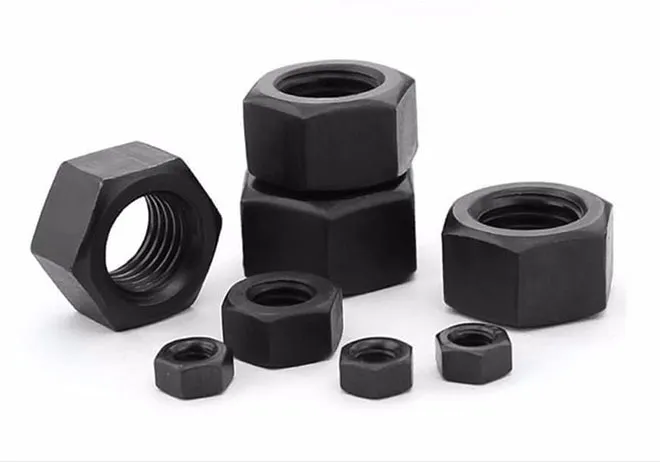Exploring the Benefits of Ball Stud Bolts in Modern Engineering Applications
Nov . 08, 2024 00:30 Back to list
Exploring the Benefits of Ball Stud Bolts in Modern Engineering Applications
Understanding Ball Stud Bolts A Comprehensive Guide
Ball stud bolts are specialized fasteners designed for various mechanical applications, particularly in industries requiring adjustable connections. They provide a unique solution for incorporating versatility and ease of maintenance into mechanical systems. This article delves into the features, uses, and advantages of ball stud bolts, highlighting their significance in today's engineering landscape.
Key Features of Ball Stud Bolts
A ball stud bolt consists of two main components a stud and a ball. The stud is the threaded portion of the bolt, allowing for secure attachment to surfaces, while the ball creates a pivot point for movement. This design offers a 360-degree rotation capability, making it suitable for applications where alignment and positional adjustments are frequently required.
Typically made from high-strength materials such as steel or aluminum, ball stud bolts are engineered to withstand significant loads and provide durability over time
. Surface treatments like galvanization or anodization may be applied to enhance corrosion resistance and improve longevity in harsh environments. Additionally, these bolts come in various sizes and thread types, catering to a broad range of specifications and requirements.Common Applications
Ball stud bolts find applications across various industries, including automotive, aerospace, and manufacturing. In the automotive sector, they are commonly used in suspension systems, where they allow for the dynamic movement required when the vehicle encounters bumps and turns. This flexibility ensures better handling and comfort for passengers.
In the aerospace industry, ball stud bolts are utilized in systems that demand high precision and flexibility, such as control surfaces in aircraft. The ability to pivot and adjust allows for finely-tuned maneuvers essential for flight stability.
ball stud bolt

Manufacturing processes also benefit from ball stud bolts, as they enable quick adjustments on assembly lines and machinery. Equipment that requires frequent repositioning or recalibration can leverage these fasteners to enhance efficiency and reduce downtime.
Advantages of Ball Stud Bolts
One of the most significant advantages of ball stud bolts is their versatility. The ability to pivot and move freely allows for adaptable connections that can accommodate shifting loads and changing alignments. This is particularly beneficial in dynamic systems where traditional fixed bolts would falter or require constant readjustment.
Another significant benefit is ease of installation and maintenance. Ball stud bolts can be easily replaced or adjusted without extensive disassembly, simplifying repairs and inspections. This feature is especially appreciated in high-maintenance industries where equipment uptime is crucial.
Furthermore, their robust construction ensures they can handle high-stress environments, reducing the likelihood of failure. The combination of strength, flexibility, and ease of maintenance offers an optimal solution for many engineering challenges.
Conclusion
Ball stud bolts represent a critical component in modern engineering, providing adjustable, strong, and reliable fastener solutions for various applications. Their unique design not only improves functionality but also allows for enhanced maintenance and operational efficiency. As industries continue to evolve and innovate, the demand for versatile components such as ball stud bolts is likely to grow, making them indispensable in the toolkit of engineers and manufacturers. Understanding their features, applications, and advantages can lead to more informed decisions in material selection and design processes, ultimately driving progress in various technological fields.
Latest news
-
High-Quality Panel Stud Bolt Reliable Panel Stud Bolt Factory & Suppliers
NewsJul.08,2025
-
High-Precision Fine Thread Locknuts Manufacturer & Supplier Custom Solutions
NewsJul.08,2025
-
PH Imperial Stud Bolt – High Strength Fasteners from Leading Supplier & Factory
NewsJul.07,2025
-
High-Quality Allen Wrench Bolts Leading Factory, Company & Suppliers
NewsJul.07,2025
-
Wholesale Ball Stud Bolt - High Quality Supplier & Factory Price Reliable Wholesale Ball Stud Bolt Company
NewsJul.06,2025
-
High-Strength Alloy Bolts Manufacturer & Supplier Quality Alloy Fasteners Factory
NewsJul.06,2025
